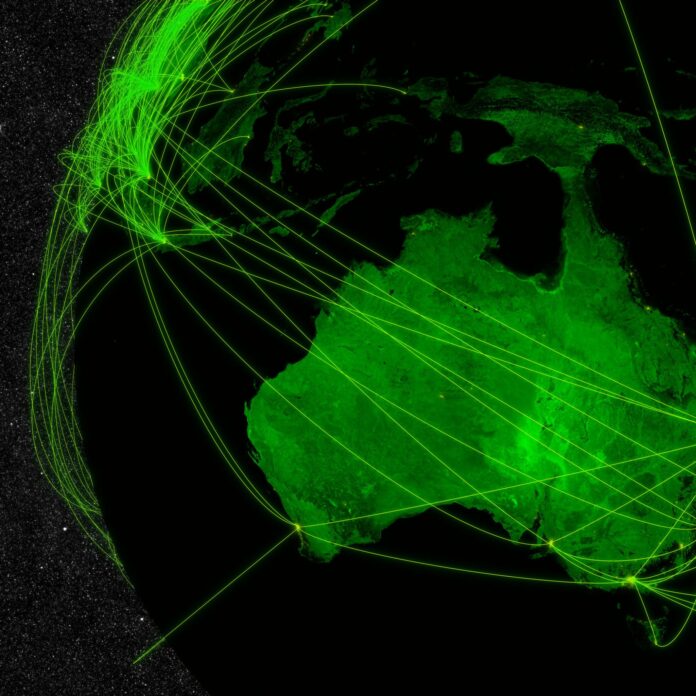37 operators have launched commercial NB-IoT
A total of 48 commercial narrowband IoT (NB-IoT) and LTE-M had been launched worldwide as of the end of April, according to recent statistics by the GSMA.
Some of the 37 operators that have launched NB-IoT include: Three (Hong Kong), China Mobile, China Unicom, China Telecom, Chunghwa Telecom (Taiwan), Dialog (Sri Lanka), Etisalat (UAE), FarEasTone (Taiwan), KT (South Korea), LG U+ (South Korea), M1 (Singapore), Orange (Belgium), TDC (Denmark), T-Mobile (Germany), Telia (Norway), Telecom Italia, Telstra (Australia), Turkcell (Turkey) and SingTel (Singapore). U.K telecom group have launched NB-IoT networks in Australia, Czech Republic, Germany, Netherlands, Italy, Ireland, Spain and Turkey.
Meanwhile, a total of 11 telcos have launched LTE-M networks in the United States, Mexico, Australia, Singapore, Sri Lanka, UAE, Japan, Netherlands, Belgium and Turkey.
The GSMA said there are 36 IoT labs in operation around the world that are available to any operator, module vendor or application provider to develop LPWA devices and applications for a wide variety of different verticals. The labs provide organizations with the opportunity to perform end-to-end and interoperability testing on the network.
By 2025, there will be 3.1 billion cellular IoT connections, including 1.8 billion licensed LPWA connections, according to data from GSMA Intelligence.
NB-IoT is a 3GPP radio technology standard introduced in Release 13 that addresses the LPWA requirements of the IoT. NB-IoT is characterized by improved indoor coverage, support of massive number of low throughput devices, low delay sensitivity, ultra-low device cost, low device power consumption and optimized network architecture, the GSMA said. Like LTE-M, NB-IoT can be deployed “in-band” within a normal LTE carrier, or “standalone” for deployments in dedicated spectrum.
In the report, the GSMA noted that NB-IoT and LTE-M technologies will be an integral part of 5G, and are expected to fulfill the 5G LPWA requirements.
“The technologies will coexist with other 5G components. The 3GPP is working to allow LTE-M and NB-IoT to be placed directly in a 5G new radio frequency band, and is investigating options for the 5G core network to support LTE-M and NB-IoT radio access networks,” the GSMA study reads.
According to a previous report from Juniper Research, the total number of connections leveraging unlicensed spectrum to deliver low power M2M connectivity will reach approximately 400 million by 2022. Connections using these technologies, such as Sigfox, LoRa and Ingenu, will rise from an estimated 50 million by the end of this, representing a growth of 736%.
The research found connectivity providers offering low‑cost unlicensed alternatives to NB-IoT and LTE-M will threaten operators’ return on investment (ROI). The study also found that overall service revenues from unlicensed low power connections will be 102% higher than those over their cellular counterparts by 2022.
Juniper Research highlighted that unlicensed connections can be implemented rapidly without the cost of spectrum acquisition or radio development.

